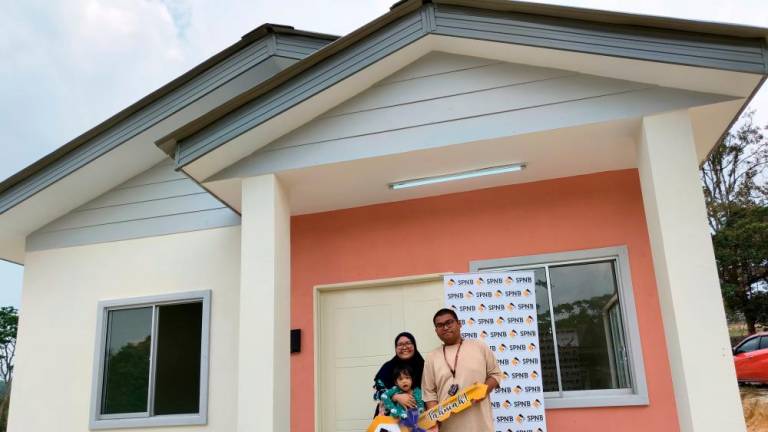KUALA LUMPUR: The insurance and takaful sector is expected to remain resilient, supported by strong capital and liquidity positions.
According to Bank Negara Malaysia (BNM) in its Financial Stability Review for the second half of 2022 (2H 2022) released today, the aggregate industry capital adequacy ratio of 226 per cent remains well above the regulatory minimum of 130 per cent.
“Capital buffers in excess of regulatory requirements stood at RM37.5 billion.
“Macro stress tests conducted by the bank also affirm that under adverse scenarios, most insurers would remain resilient with sufficient capital buffers,” it said.
BNM said in the 2H 2022, overall profitability of insurance and takaful funds improved compared to earlier in the year due to better investment returns.
“Life insurance and family takaful funds recorded higher net unrealised gains from investments as bond yields fell and equity markets improved, particularly towards the end of the year, resulting in positive excess income over outgo.
“However, for the year as a whole, profitability of life insurance and family takaful funds remained below pre-pandemic levels, reflecting the volatile financial market conditions, especially in the first half of the year,” it said.
BNM revealed that underwriting performance was adversely affected by an increase in medical payouts which stood at RM4.3 billion in 2H 2022 from RM3.5 billion in 1H 2022.
This was mainly driven by higher claims associated with both necessary and elective medical procedures which were postponed during the pandemic, as well as medical inflation.
Going forward, medical payouts are expected to rise further in line with the cost of medical treatments and normalisation of claims patterns to its long-term trends.
For general insurance and takaful funds, BNM said operating profit in the 2H 2022 strengthened, driven by stronger underwriting and investment performance.
“The higher underwriting profits mainly reflected the absence of large claims recorded in the first half of 2022 in the aftermath of severe floods at the end of 2021,” it said.
Meanwhile, gross direct premiums continued to be supported by the continued growth in motor premiums amid high vehicle delivery for orders made during the sales tax exemption period.
The fire segment also recorded a smaller decline in premiums in the 2H 2022 compared to the previous year with the recovery in property market activities.
Given the significant contribution to underwriting performance from these two major lines of business, the ongoing gradual liberalisation of applicable insurance tariffs will have an important bearing on future performance, it added. -Bernama














